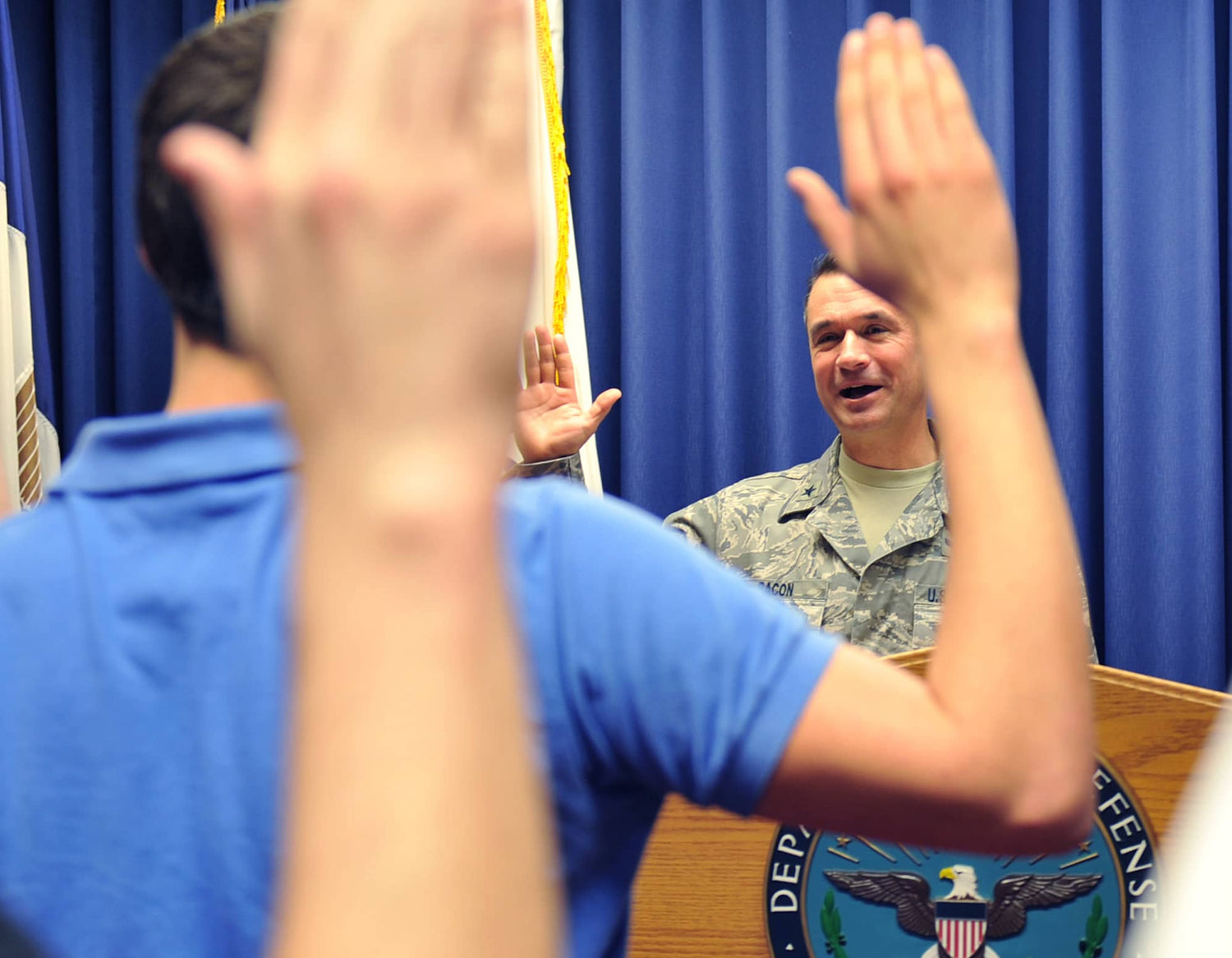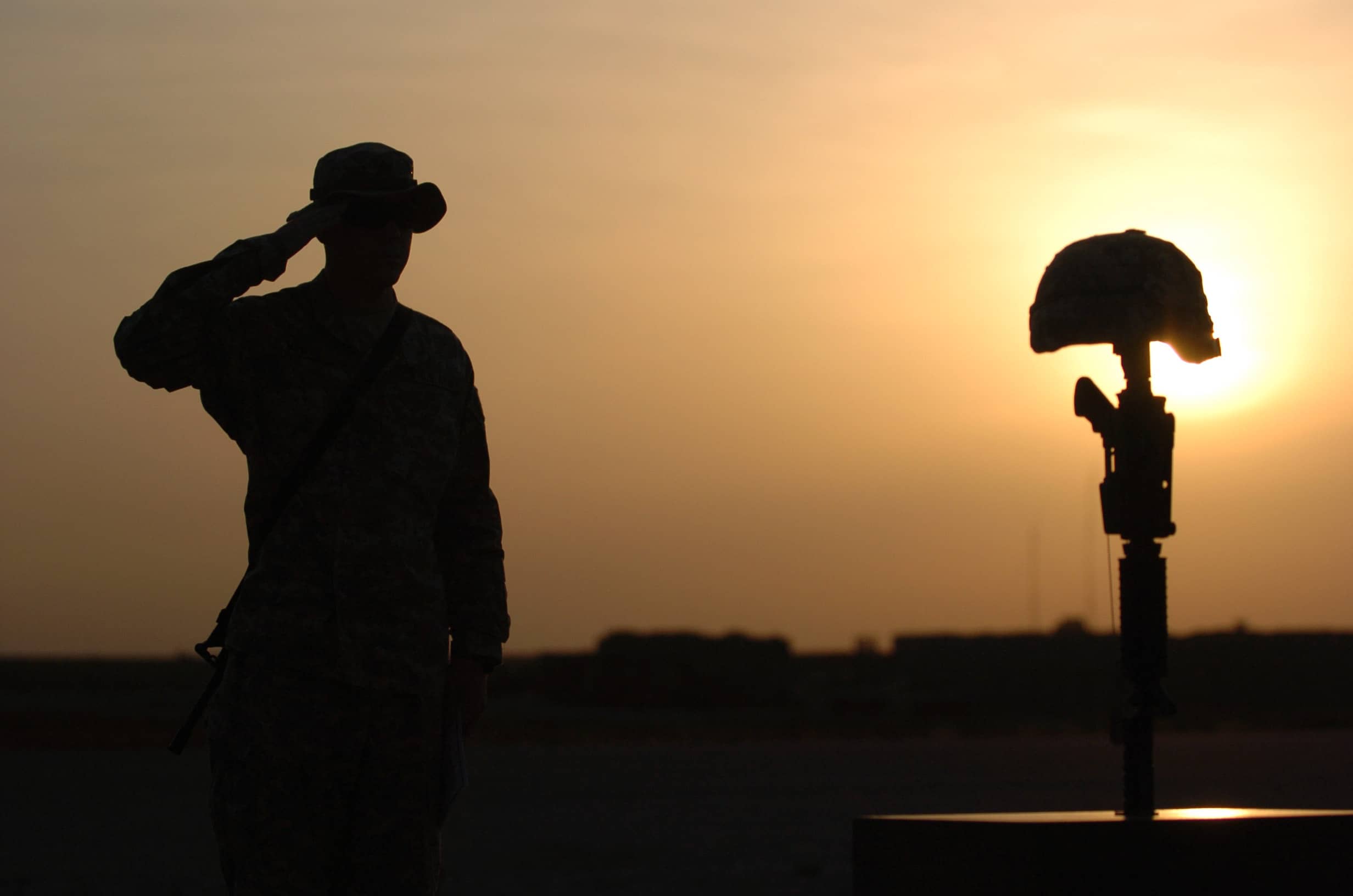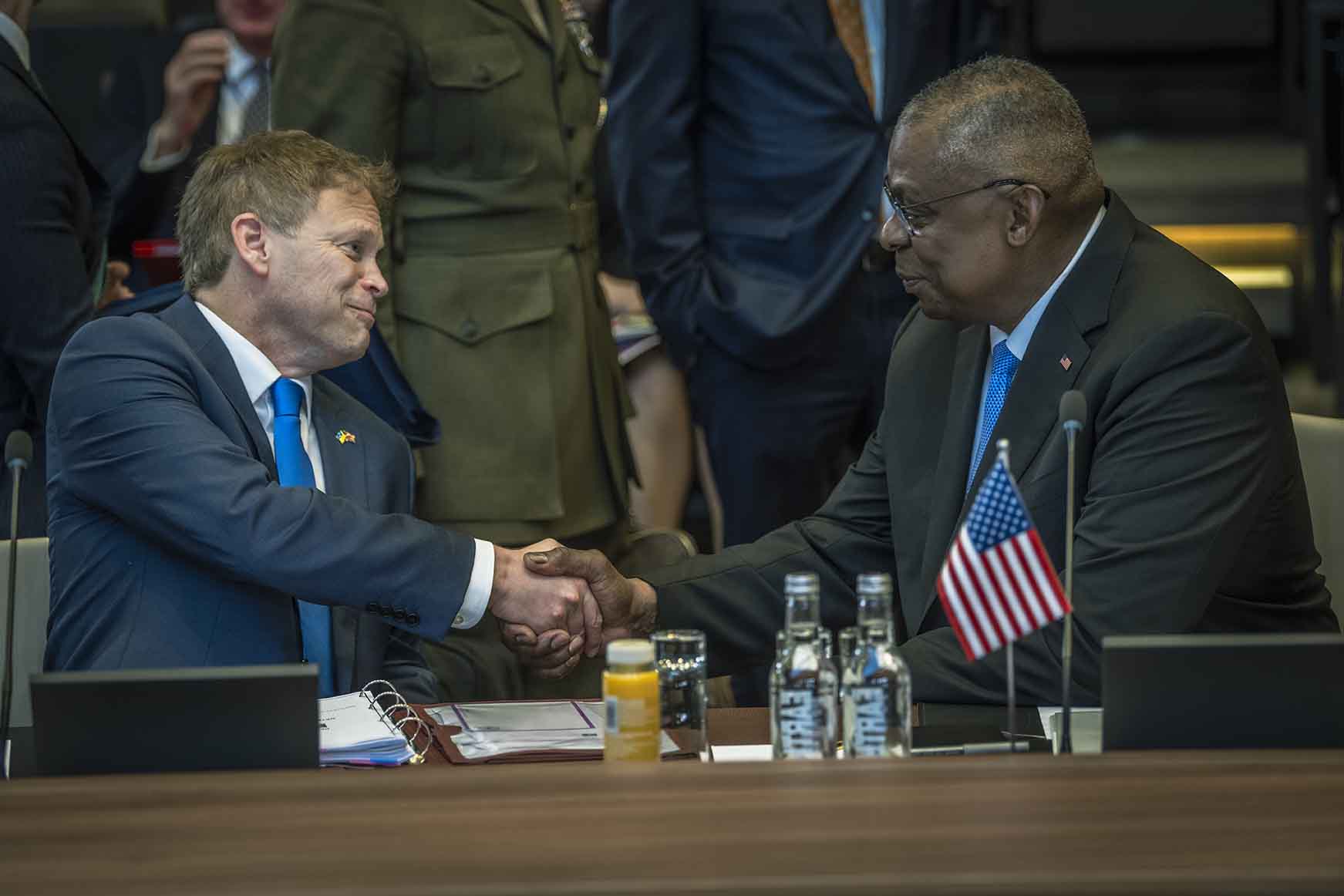U.S. Air Force Brig Gen. Donald Bacon, 55th Wing commander swears in newly enlisted recruits at the Omaha Military Entrance Processing Station, Neb., March 27. The Omaha MEPS has enlistment responsibility for 71 counties in Nebraska and 18 counties in Iowa. (U.S. Air Force photo by Jeff Gates/Released)
In a recent conference held at the Institute for Defense Analyses in Alexandria, Virginia, Acting Undersecretary of Defense for Personnel and Readiness Ashish S. Vazirani emphasized the paramount importance of people in the Department of Defense's (DOD) mission. This event, themed "America's All-Volunteer Force: The Next 50 Years," underscored a critical juncture for the U.S. military as it grapples with evolving challenges in a complex global landscape.
Central to the National Defense Strategy is the acknowledgement that success hinges on attracting, retaining, and promoting a workforce with diverse skills and experiences. This approach is not just about meeting numbers but fostering an environment where innovative solutions to national security challenges can thrive. Inclusivity is key; the DOD's strategy to broaden recruitment to mirror the diverse tapestry of America, especially reaching out to historically marginalized communities, is a step towards a more representative military.
The DOD faced a stark reality in fiscal year 2023, falling short of its recruitment goal by approximately 41,000 recruits. However, a silver lining emerged in the form of robust retention rates, with services meeting or exceeding their targets. This indicates that the military remains a fulfilling career choice, both personally and professionally.
The recruitment shortfall, complex in its nature, is largely attributed to a generational disconnect. Today's youth lack a personal connection to the military, often resulting in misconceptions or a lack of awareness about military life and opportunities. This gap presents a significant hurdle in attracting new recruits.
Generation Z's aspirations align closely with the values and opportunities provided by military service. In 2021, a substantial 70% of high school seniors expressed a desire for careers that contribute to society, a notable increase from 1976. This generation seeks more than just a job; they desire ethical leadership, inclusivity, and a commitment to employee well-being. The military, with its diverse roles, ethical foundations, and community impact, is well-positioned to meet these expectations.
To appeal to Generation Z, the DOD is exploring innovative approaches, such as adjusting medical disqualification standards and offering preparatory programs to help recruits meet stringent service requirements. More than this, a national call to service is crucial. This initiative would inspire young people to contribute to something greater than themselves, highlighting the military as a pathway to fulfill their potential and positively impact the world.
The DOD plans a robust marketing strategy to shift public perception about military service. Highlighting the unmatched mission, comprehensive compensation, and extensive career and educational opportunities within the military is pivotal. From high-demand fields like cyber, space, and robotics to substantial educational benefits and family support, the military is not just a career choice but a life choice, offering unparalleled growth and development.
The success of this endeavor rests not only on the shoulders of recruiters but also on national leaders, including government, community, and educational figures. Their role in fostering a positive narrative about public and military service is indispensable. By actively engaging with the youth and discussing the multifaceted benefits of military service, they can play a crucial part in shaping the future of America's all-volunteer force.
The transformation of America's all-volunteer force is an ongoing journey, one that requires adaptability, innovation, and broad-based support. By aligning the military's values and opportunities with the aspirations of a new generation, the DOD can ensure the continued excellence and readiness of the world's finest fighting force.




